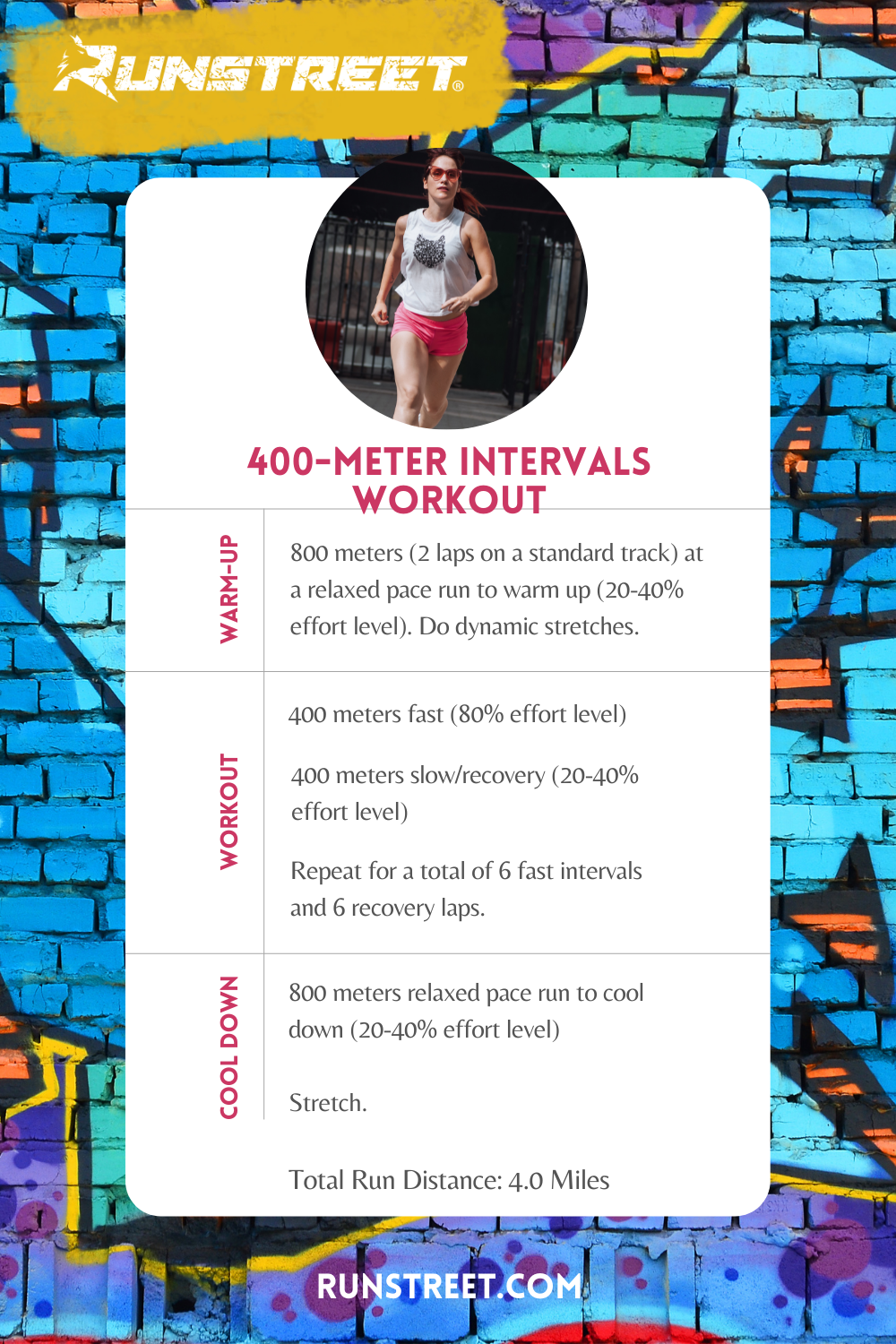How to stop and Take Care Of Pain in Operating: Expert Tips and Guidance
As runners, we typically locate ourselves caught in between the enjoyment of pressing our physical limits and the discomfort that can accompany it. The quest of that jogger's high can in some cases be hindered by the undesirable buddy of pain. Whether you are an experienced marathoner or a beginner striking the pavement for the very first time, the unpleasant presence of pain and discomfort is a common measure. However, there exist proven strategies and skilled guidance that can assist alleviate and handle these pains, allowing you to focus on the pleasure of running itself.
Importance of Appropriate Shoes
Proper footwear plays an important duty in protecting against and taking care of pain for joggers, as it substantially affects their convenience, efficiency, and total foot health and wellness. When it comes to running, using the right footwear can make all the distinction. Uncomfortable or incorrect footwear can cause a host of problems such as sores, shin splints, plantar fasciitis, and even much more extreme injuries like tension fractures.
Choosing the right running footwear involves thinking about aspects such as foot kind, gait mechanics, running terrain, and individual choices. Runners with high arcs may require more padding and support, while those with flat feet might gain from stability shoes. Furthermore, recognizing pronation (the inward rolling of the foot) and supination (the outside rolling of the foot) can assist in choose shoes that give the best level of arch support.
Buying quality operating shoes that are suitable for your specific needs can aid protect against discomfort and discomfort while improving your running experience. Prioritizing correct shoes is not practically efficiency however also about securing your foot health and wellness in the long run.

Reliable Warm-up Methods
A dynamic warm-up routine prior to a run helps enhance blood flow to the muscle mass, enhances flexibility, and boosts the variety of activity of the joints. Dynamic stretches like leg swings, high knees, and hip circles are valuable in preparing the body for the physical demands of running.
In addition to dynamic stretches, incorporating some light cardio exercises such as running or missing rope can additionally boost the heart rate and heat up the body. This combination of vibrant stretching and light cardio helps loosen tight muscles, lubricate the joints, and emotionally prepares the jogger for the upcoming workout (running strategy). By making warm-ups a regular part of your running routine, you can substantially minimize the risk of injuries and execute at your best during each run
Secret Extending Exercises
When getting ready for a run, integrating essential extending exercises is necessary to boost muscular tissue adaptability and prevent injuries - Read More. Dynamic stretches such as leg swings, high knees, and hip circles are useful for heating up the muscular tissues and increasing variety of movement prior to a run. These movements assist improve blood flow, loosen limited muscles, and prepare the body for the activity in advance
Fixed stretches like calf stretches, hamstring stretches, and quadriceps stretches need to comply with a go to aid in muscle recovery and prevent rigidity. Holding each stretch for 15-30 secs permits the muscles to kick back and extend, decreasing the threat of post-run soreness and prospective injuries.
Furthermore, including yoga exercise poses like descending dog, pigeon posture, and spinal spins can target several muscle mass groups all at once, promoting overall flexibility and stamina. Constant extending regimens not just boost efficiency but also assist in keeping excellent running kind and preventing overuse injuries. Remember, proper stretching techniques are vital for a secure and enjoyable running experience.
Recuperation and Relax Techniques
After completing a run, executing effective recovery and rest approaches is essential for maximizing performance and minimizing the threat of injuries. One critical facet of recuperation is enabling the body time to rest and fix itself. Appropriate sleep is extremely important as it is throughout rest that muscle mass recuperate and grow more powerful. Furthermore, integrating day of rest right into your training routine is essential to avoid overuse injuries and burnout.
Active healing methods such as mild stretching, foam rolling, and yoga can aid boost circulation, decrease muscular tissue pain, and boost flexibility. It is likewise beneficial to prioritize hydration and nourishment post-run to replenish electrolytes, glycogen stores, and advertise muscular tissue recuperation.
Cross-training activities like swimming or cycling can give a break from the repetitive impact of running while still preserving cardio health and fitness - running strategy. Paying attention to your body and recognizing when it needs a break is crucial to stop chronic injuries and guaranteeing long-lasting running success. Bear in mind, rest is not a sign of weakness but a vital part of an all-round training routine
Cross-Training Conveniences

It enables you to work on various elements of health and fitness that might not be targeted only with running, leading to a much more well balanced and well-rounded professional athlete. Additionally, cross-training can aid improve running effectiveness by attending to muscle inequalities and weaknesses that might hinder efficiency.
Verdict
In verdict, correct footwear, workout techniques, extending workouts, healing methods, and cross-training are vital components in stopping and taking care of pain in running. By integrating these techniques right into your routine, you can decrease the risk of injury and discomfort while taking full advantage of performance and enjoyment of the sport. Read More. Keep in mind to pay attention to your body, focus on rest and healing, and look for professional assistance when required to ensure a risk-free and reliable running experience